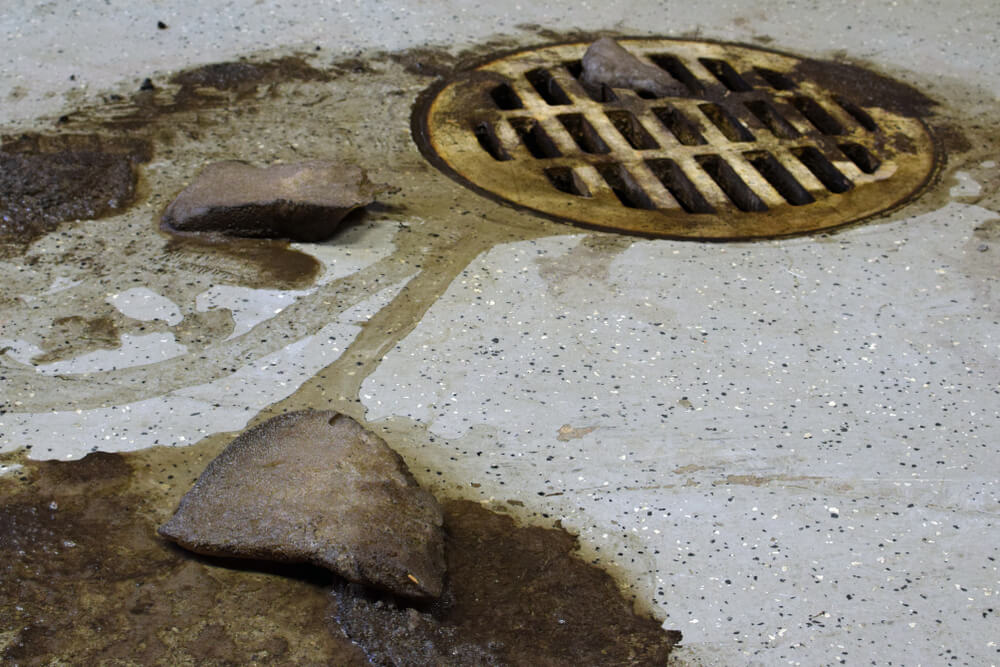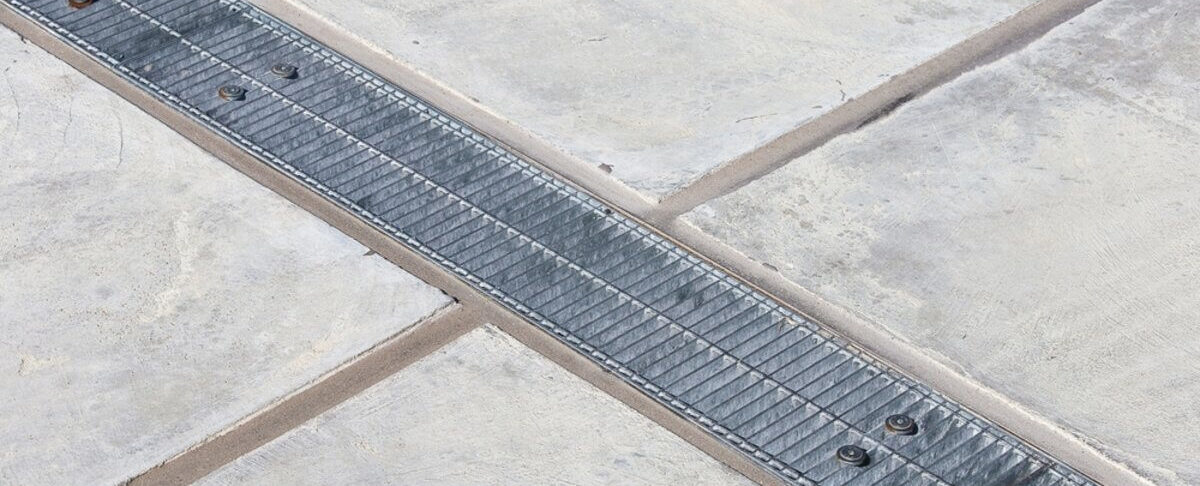A concrete garage floor is one of the most durable parts of your home, but it can become a problem if it doesn’t drain properly. Proper drainage is vital to protect your garage from water damage, mold, and even structural issues. A poorly drained floor can result in water pooling inside your garage, which can weaken the concrete, create safety hazards, and eventually lead to expensive repairs. Thankfully, you can take several steps to ensure that your concrete garage floor drains the way it should.
The Slope of the Concrete Garage Floor
A proper slope is essential for ensuring water flows in the right direction. Your concrete garage floor should slope slightly toward the door or a designated drainage area to prevent water from pooling. Ideally, the slope should guide water away from the walls, with about 1/8 inch of slope per foot. This gentle incline helps move water without making the surface uneven. If your floor isn’t sloped correctly, resurfacing may be necessary, and it’s best to hire a professional if you’re unsure how to fix it yourself.
Check the Drains: Are They Clear and Effective?
Even if your floor has the right slope, it still needs a good drainage system to get rid of water. The right kind of drain will ensure that water doesn’t collect in any one spot on the floor. There are several types of drains that are commonly used in garages:
Floor Drains
These are typically located at the lowest part of your floor. They help move water away from the surface and into the pipes. If you have one, it’s essential to keep it clean and clear of debris.
Trench Drains
For larger garages, trench drains run along the floor’s perimeter to collect water that’s running off the surface. These drains are often covered with a grate to keep dirt and debris from getting inside the pipes.
French Drains
If water tends to come in from outside the garage, you may need a French drain around the outside perimeter. This will guide water away from the garage’s foundation before it has a chance to seep in.
Ensure that these drains are regularly inspected and cleaned. Over time, they can become clogged with dirt, debris, or leaves, which can prevent them from doing their job.
Regular Concrete Garage Floor Drain Maintenance
To keep everything functioning properly, it’s important to check your drainage system regularly. Clean your drains often to prevent clogs and make sure they can handle water efficiently. Here are some tips:
Clean Floor Drains
Take a few minutes to clear any visible debris from your floor drains. A blocked drain can quickly lead to water buildup on your garage floor.
Flush Out the Floor Pipes
Occasionally, you should flush out the pipes with a hose or even use a plumber’s snake to clear any buildup inside the system.
Check For Clogs
If you notice standing water after a heavy rain or cleaning, there might be a clog. Take immediate action to clear it before it causes damage.
Consider Extra Drainage Solutions
If you live in an area that experiences frequent heavy rains or flooding, you may need additional drainage systems to keep your garage dry. Two possible solutions include:
Perimeter Drains
These drains are installed around the foundation of your garage and are excellent at preventing water from pooling in the first place. They collect water from the surrounding soil and move it away from the structure.
Sump pumps
A sump pump is installed in a pit at the lowest point of your garage floor. When the water level rises to a certain point, the pump kicks on and moves the water out of the garage, usually into a storm drain or sewer system.
If you’re considering these solutions, be sure to have them professionally installed to ensure they are effective.
Pay Attention to Your Garage’s Exterior
Even though your focus is on the interior of the garage, the outside matters just as much when it comes to drainage. Poor landscaping and grading around your garage can lead to water flowing toward the building rather than away from it.
Driveway Slope
Your driveway should slope away from the garage. This will prevent water from running into the garage during rainstorms.
Clean Gutters and Downspouts
Make sure your gutters are clear so that water doesn’t spill over the edges and pool around your garage.
Add Exterior Drainage Systems
If you’re having trouble with exterior water drainage, consider installing a French drain or other systems around the foundation to redirect water away from the building.
Fix Cracks and Gaps in the Concrete
Even if you’ve got a good slope and effective drainage systems, cracks in the concrete can still let water seep into your garage. Small gaps and cracks can allow moisture to slowly penetrate the surface, which could cause deterioration over time, so be sure to check for cracks and if you have any, be sure to seal them properly. For bigger cracks, you may need to bring in a professional like Richfield Concrete.
Protect Your Concrete Garage Floor With Proper Drainage

Proper drainage is essential for the longevity and safety of your concrete garage floor. By ensuring the right slope, installing effective drainage systems, and maintaining them regularly, you can prevent water buildup and keep your garage in good condition. Whether you’re dealing with occasional rain or living in an area with heavy storms, taking the time to ensure proper drainage will save you from future headaches and expensive repairs. For concrete garage floor services, contact Richfield Blacktop today.




